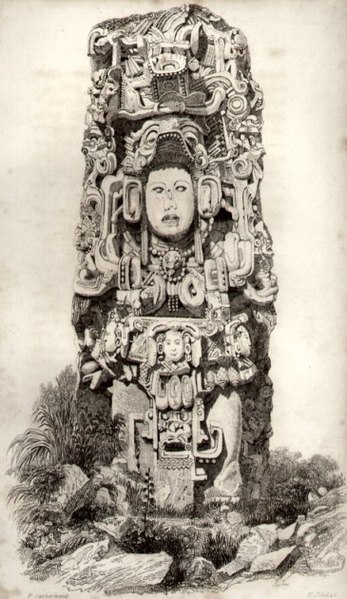A headstone, tombstone, or gravestone is a stele or marker, usually stone, that is placed over a grave. It is traditional for burials in the Christian, Jewish, and Muslim religions, among others. In most cases, it has the deceased's name, date of birth, and date of death inscribed on it, along with a personal message, or prayer, but may contain pieces of funerary art, especially details in stone relief. In many parts of Europe, insetting a photograph of the deceased in a frame is very common.
Captain Andrew Drake (1684–1743) sandstone gravestone from the Stelton Baptist Church in Edison, New Jersey
Marble headstone of a couple buried together in Singapore, showing an arched emblem, signifying the reunification with one's partner in heaven. Within the arch is a statue of Jesus Christ
A tombstone at the grave of Paavo Ruotsalainen (1777–1852) in Nilsiä, Kuopio, Finland
The Maymūnah Stone, a tombstone with an Arabic inscription dated 1174 on a reused Roman marble block. Now exhibited at the Gozo Museum of Archaeology in Malta.
A stele, or occasionally stela when derived from Latin, is a stone or wooden slab, generally taller than it is wide, erected in the ancient world as a monument. The surface of the stele often has text, ornamentation, or both. These may be inscribed, carved in relief, or painted.
Stele N from Copán, Honduras, depicting King K'ac Yipyaj Chan K'awiil ("Smoke Shell"), as drawn by Frederick Catherwood in 1839
Stele to the French 8th Infantry Regiment. One of more than half a dozen steles located on the Waterloo battlefield.
The funerary stele of Thrasea and Euandria, c. 365 BC
Stela of Iddi-Sin, King of Simurrum. It dates back to the Old Babylonian Period. From Qarachatan Village, Sulaymaniyah Governorate, Iraqi Kurdistan. The Sulaymaniyah Museum, Iraq.








